Copyright 2020 by Azumi Ono
This work is subject to copyright. All rights arc reserved by the Publisher,whether the whole or part of the material is concerned, specifically the rights oftranslation,reprinting, reuseofillustrations, recitation,broadcasting,reproduction on microfilms or in any other physical way and transmission orinformation storage and retrieval, electronic adaptation, computer software, orby similar or dissimilar methodology now known or here after developed.Exempted from this legal reservation are brief excerpts in connection withreviews or scholarly analysis or material supplied specifically for the purpose ofbeing entered and executed on a computer system, for exclusive use by thepurchaser of the work.
TABLE OF CONTENTS
THE BASICS OF THE HUMAN ANATOMY
HUMAN SKELETONAdult bones arc supported by 206 bones. They support the body and are the part of the humanbody's motor system. They are also a support for muscle attachment and movement. However, there aremany bones in the human body. We dont need to remember the name ofeach bone very clearly, as long as we firmly grasp the relationship between the shape of the bones and the connection points. Clearly understand the spatial relationship of the joints ofthe head, knees, and ankles to determine the movements of the human body.

SKELETON MODEL, WHICH FOCUSES ON THE BONES OF THE HUMAN BODY Simplifies the human cervical spine, clavicle, spine, etc. into blocks to represent the body'sdynamics and body shape.

HUMAN MUSCLES
The muscles can express the shape of a character, and the muscles in front of and behind thehuman body can intersect and block each other to show a three-dimensional sense. Therefore, a clear understanding of the distribution of muscles can be a good grasp of the human bodys movements.

The muscles of ordinary people are not particularly obvious. Except for athletes or people who do special sports, the muscles are particularly developed and the contours are particularlyobvious. So as long as we understand the muscle arrangement, we only need to explain the contours in the drawing process. Muscles like the neck, shoulders, and chest of a character aremore important, and they should be more clear in the drawing process.
MUSCLE MODEL
The shape of the human body is achieved through changes in muscles. Mai's and women's muscles arc different. Women's muscles arc much thinner than men's muscles, and there arcno muscle protrusions on the limbs.

HUMAN JOINTS
The joint of the human body is a special device that connects the bones to the bones. Thehuman bodys bones and muscles move in coordination, allowing us to make a variety ofbeautiful movements as we like. Joints can be divided into shoulder joints. Elbow joints, wristjoints, knee joints, ankle joints, etc. Let us know and understand these joints.
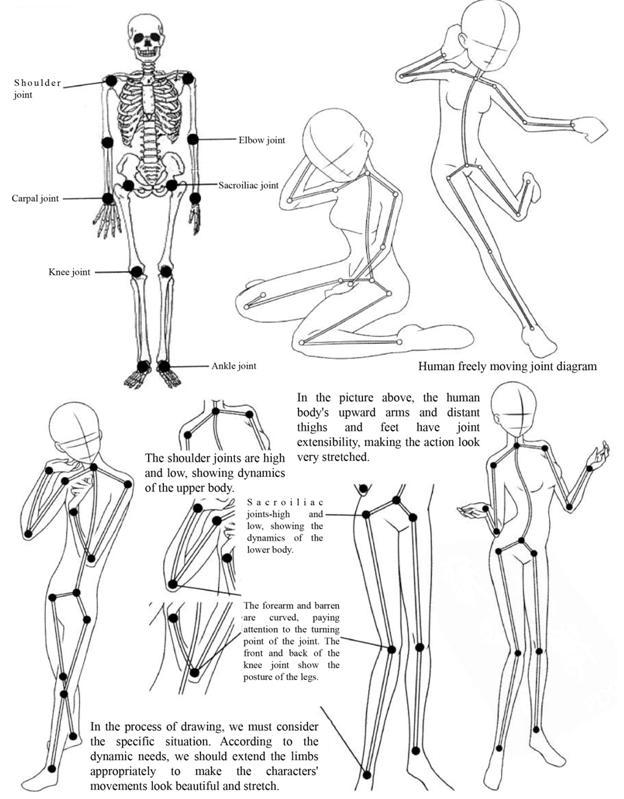
When we watch gymnastics, various beautiful dances and difficult movement performances,we arc constantly amazed. In fact, these arc the results of the joints between bones to coordinate bones and muscles. The model of joints can help us recognize various joints,understand what role it plays in the body, what kind of exercise it is doing, and how to properly represent the dynamics of the human body.

RANGE OF HUMANS BODY ACTIVITY Every part of the human body can move, but they all start to move based on a point, and theyall have their own range of motion.

When the head is tilted left and right, the movement range is generally 0 ~ 80 degrees.

Raising and lowering the motion range 0 ~ 65 degrees.

The movement of the shoulder is more complicated. It is a compound type of movement. Itsmovement is related to the movements of the sternoclavicular joint, scapula and clavicle. Theupper axis is the axis, and the upper and lower movement range of the shoulder is 0 ~ 20degrees.

Movement range of the arm: When the arm is sliding from the. bottom to the top, the range is0 - 180 degrees. When the arm slides from bottom to back, the range of motion is 0 to 60degrees.

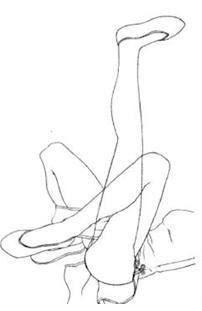
The range of motion of the leg is centered on the hip joint, and the other leg is swinginginward while standing on the other leg. The range of motion is 0-30 degrees, and the range ofswinging is 0-125 degrees.
When we lie down and stretch our legs upward, the range of motion of the hip joint is 0 ~ 125degrees: when we flex our knees and extend our legs, the range of motion of the hip joint is 0~ 90 degrees.

When the warm pan rotates left and right, the range of motion is 0 to 30 degrees per touch. When the waist is bent forward or backward, the range of forward bending is 0 to 90 degrees, and the range of backward bending is relatively small. Except for those with specialoccupations, the general range of activities is 0-30 degrees.
BASICS OF HUMAN MOVEMENT
The head, chest and pelvis are the three largest masses in the human body. They are basicallyfixed and do not move back and forth. When these three masses are parallel, the human bodyis still at this time; when these masses rotate and twist, they produce human motion. Whengrasping the basic laws of human movement, we can regard the spine as a vertical line, and the shoulders and pelvis as two horizontal lines. Through their changes, we can determine the movements of the human body such as walking, running, and jumping.
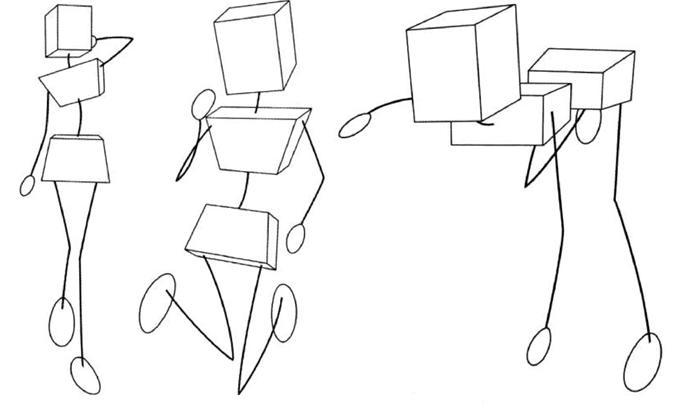
In the figure above, the lines on the left of the character are much softer than the lines on the right.






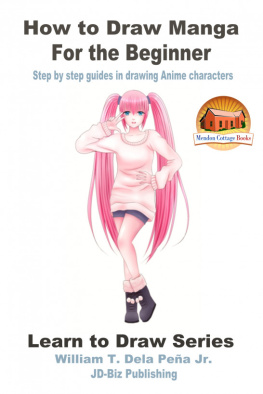



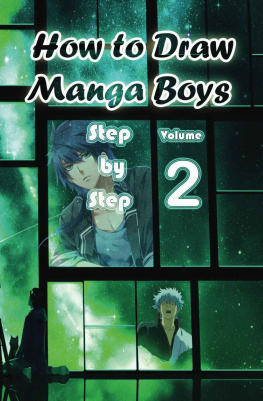

 SKELETON MODEL, WHICH FOCUSES ON THE BONES OF THE HUMAN BODY Simplifies the human cervical spine, clavicle, spine, etc. into blocks to represent the body'sdynamics and body shape.
SKELETON MODEL, WHICH FOCUSES ON THE BONES OF THE HUMAN BODY Simplifies the human cervical spine, clavicle, spine, etc. into blocks to represent the body'sdynamics and body shape. HUMAN MUSCLES
HUMAN MUSCLES 
 HUMAN JOINTS
HUMAN JOINTS 
 RANGE OF HUMANS BODY ACTIVITY Every part of the human body can move, but they all start to move based on a point, and theyall have their own range of motion.
RANGE OF HUMANS BODY ACTIVITY Every part of the human body can move, but they all start to move based on a point, and theyall have their own range of motion. When the head is tilted left and right, the movement range is generally 0 ~ 80 degrees.
When the head is tilted left and right, the movement range is generally 0 ~ 80 degrees. Raising and lowering the motion range 0 ~ 65 degrees.
Raising and lowering the motion range 0 ~ 65 degrees.





